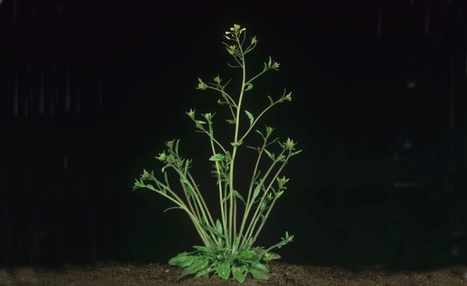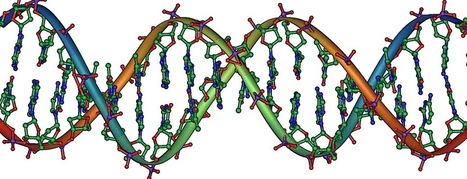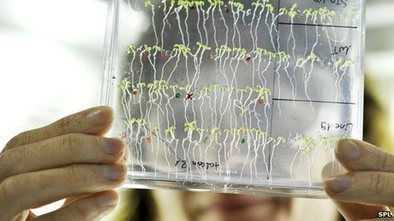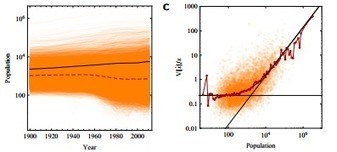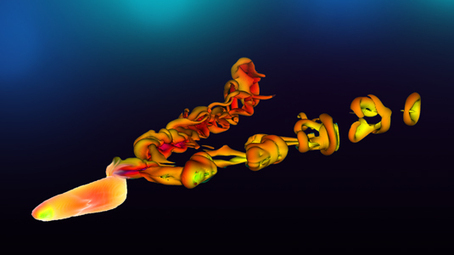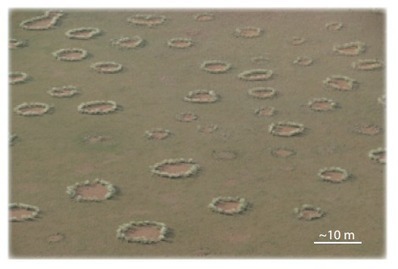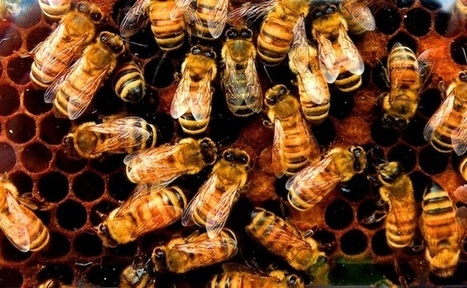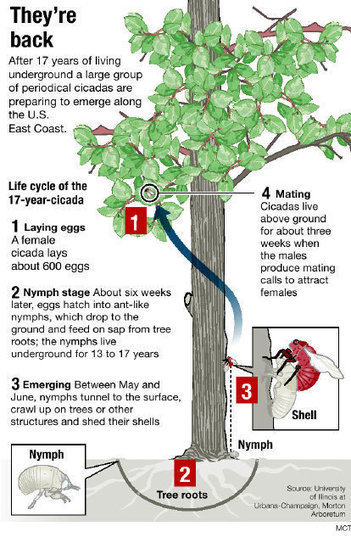J. Craig Venter may have just started a race to discover alien life on the Red Planet.
Two high-profile entrepreneurs say they want to put a DNA sequencing machine on the surface of Mars in a bid to prove the existence of extraterrestrial life. In what could become a race for the first extraterrestrial genome, researcher J. Craig Venter said Tuesday that his Maryland academic institute and his company, Synthetic Genomics, would develop a machine capable of sequencing and beaming back DNA data from the planet.
Separately, Jonathan Rothberg, founder of Ion Torrent, a DNA sequencing company, is collaborating on an effort to equip his company's "Personal Genome Machine" for a similar task. "We want to make sure an Ion Torrent goes to Mars," Rothberg said.
Although neither team yet has a berth on Mars rocket, their plans reflect the belief that the simplest way to prove there is life on Mars is to send a DNA sequencing machine. "There will be DNA life forms there," Venter predicted, "you just need the right tools to look for them". Venter said researchers working with him have already begun tests at a Mars-like site in the Mojave Desert. Their goal, he said, is to demonstrate a machine capable of autonomously isolating microbes from soil, sequencing their DNA, and then transmitting the information to a remote computer, as would be required on an unmanned Mars mission.
Meanwhile, Rothberg's Personal Genome Machine is being adapted for Martian conditions as part of a NASA-funded project at Harvard and MIT called SET-G, or "the search for extraterrestrial genomes." Christopher Carr, an MIT research scientist involved in the effort, says his lab is working to shrink Ion Torrent's machine from 30 kilograms down to just three kilograms so that it can fit on a NASA rover. Other tests, already conducted, have determined how well the device can withstand the heavy radiation it would encounter on the way to Mars.
NASA, whose Curiosity rover landed on Mars in August, won't send another rover mission to the planet before at least 2018 (see "The Mars Rover Curiosity Marks a Technological Triumph"), and there's no guarantee a DNA sequencing device would go aboard. "The hard thing about getting to Mars is hitting the NASA specifications," says George Church, a Harvard University researcher and a senior member of the SET-G team. "Venter isn't ahead of anyone else."
"The reason to take a device all the way to Mars and not bring back the sample is because of contamination. No one would believe you," says Tessi Kanavarioti, a chemist who carried out early theoretical work on Martian biology and was involved in studying rocks brought back from the moon in the 1970s. Sequencing machines are so sensitive that if a single Earth germ landed on the sample returned from Mars, it might ruin the experiment.
Discovering and sequencing extraterrestrial life would be an immense scientific prize. Sequencing could reveal whether life evolved in similar ways on both Earth and Mars or, perhaps, moved between the planets. During a series of massive space collisions around four billion years ago, the two bodies exchanged about a billion tons of rocks and debris. So far, NASA researchers have searched Mars for traces of water—a prerequisite for life as we know it—as well as indirect signs that life might have existed there many eons ago. Since DNA molecules don't survive more than a million years, even on Earth, anyone sending a DNA sequencer to Mars has to believe that living microorganisms will be found there now. Sending a DNA sequencer to Mars would be a "high-risk, high-payoff" experiment. It might very well find nothing, but if DNA were discovered, that would provide nearly irrefutable proof of extraterrestrial life.
Via Dr. Stefan Gruenwald






 Your new post is loading...
Your new post is loading...







